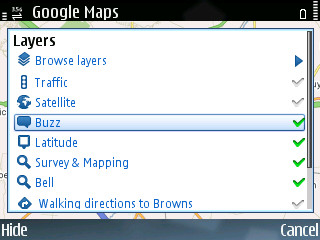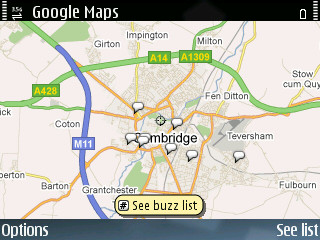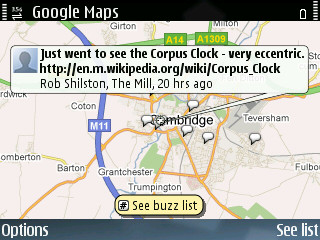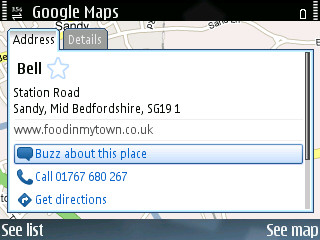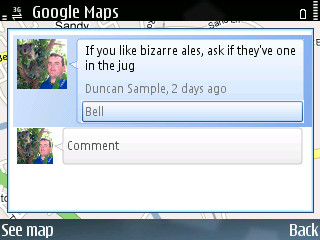Having been on a road trip to Lapland in the summer and used a lot of different ways to track my location and share content (I know, I still need to write about it), Both Nicola and I are going to the Ice Hotel in Swedish Lapland for 4 days.
The main issue we had was keeping our mobiles logging our trip. They lost the satellites fairly often (and in the case of my N95 didn’t get much signal to begin with) and of course with GPS turned on constantly they didn’t really last that long on battery. So for this next trip I’ve decided to look at a dedicated device for location tracking.
After looking at Garmin and other devices I found two good possibilities which were around £50:
i-gotU (GT-120 & GT-200)

The site for this device is pretty, and they have some nice software for geotagging photos sending to Flickr/Picasa, although it’s Windows-only. Other than that, it’s pretty hard to find information about the devices, compare the differences in specifications and even to see how many points it can record or how long the battery lasts and how to recharge it.
The device looks really nice though and for the average user it would be a great, small tracker to fit in your pocket. Especially at £45.
GlobalSat DG-100
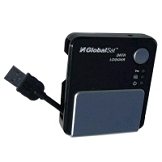
Not quite as pretty as the i-gotU, but has lots of details about the huge battery life (37 hours at 10 second interval captures) and more status indicators on the front of the device, as well as a hardware interval selector on the side.
Since the shops I looked at didn’t have any i-gotU in stock, and for the known brand of GlobalSat, I decided on the DG-100.
For this trip I’m planning on doing most of my photography using my Canon 350D SLR and Canon MD235 MiniDV camcorder, so there won’t be much live content apart some rare photos from my N95 and some Jaiku updates.
After the trip I’ll make sure to bookmark some time to posting what I used, as well as how they coped in the freezing temperatures.
